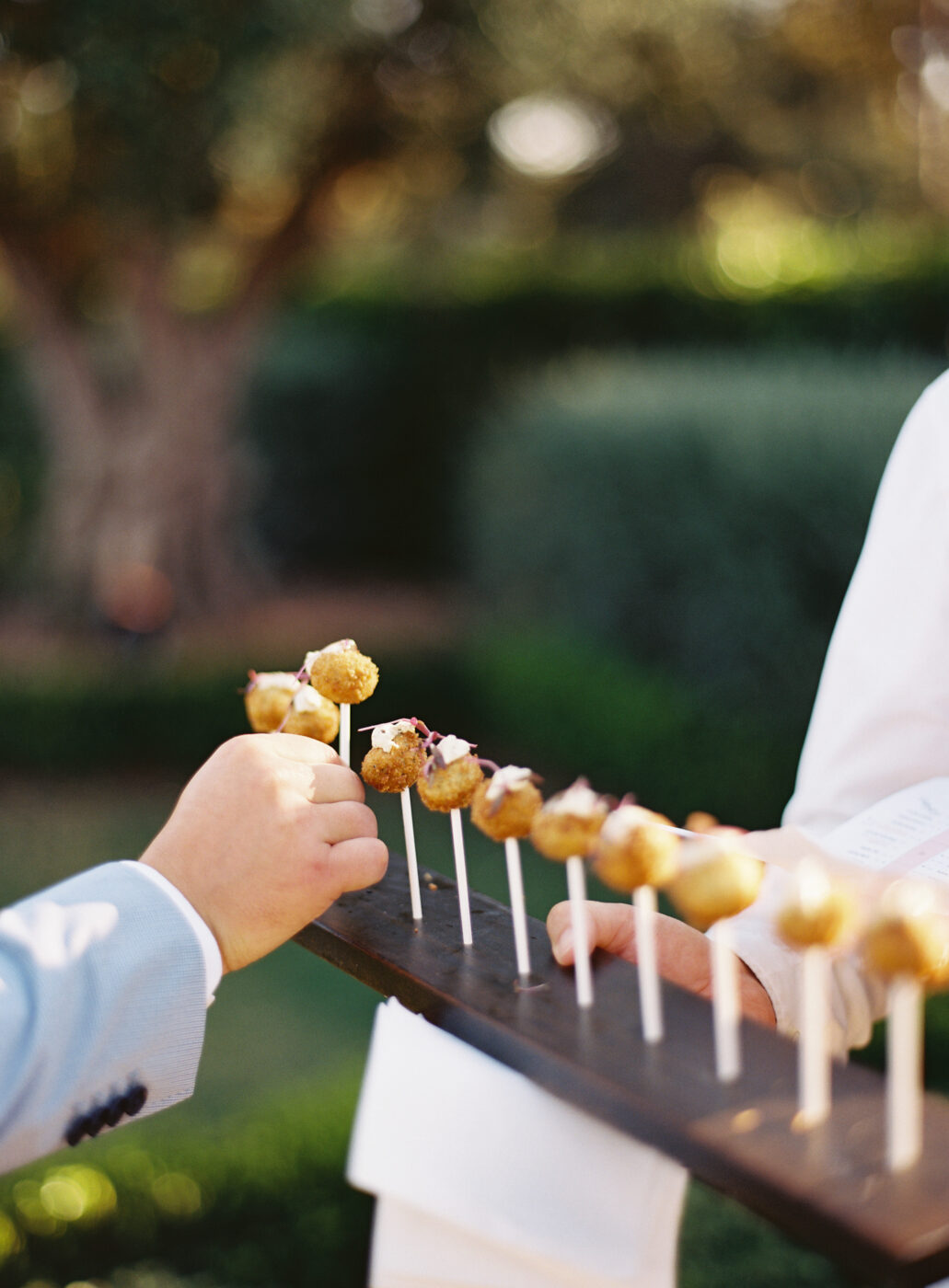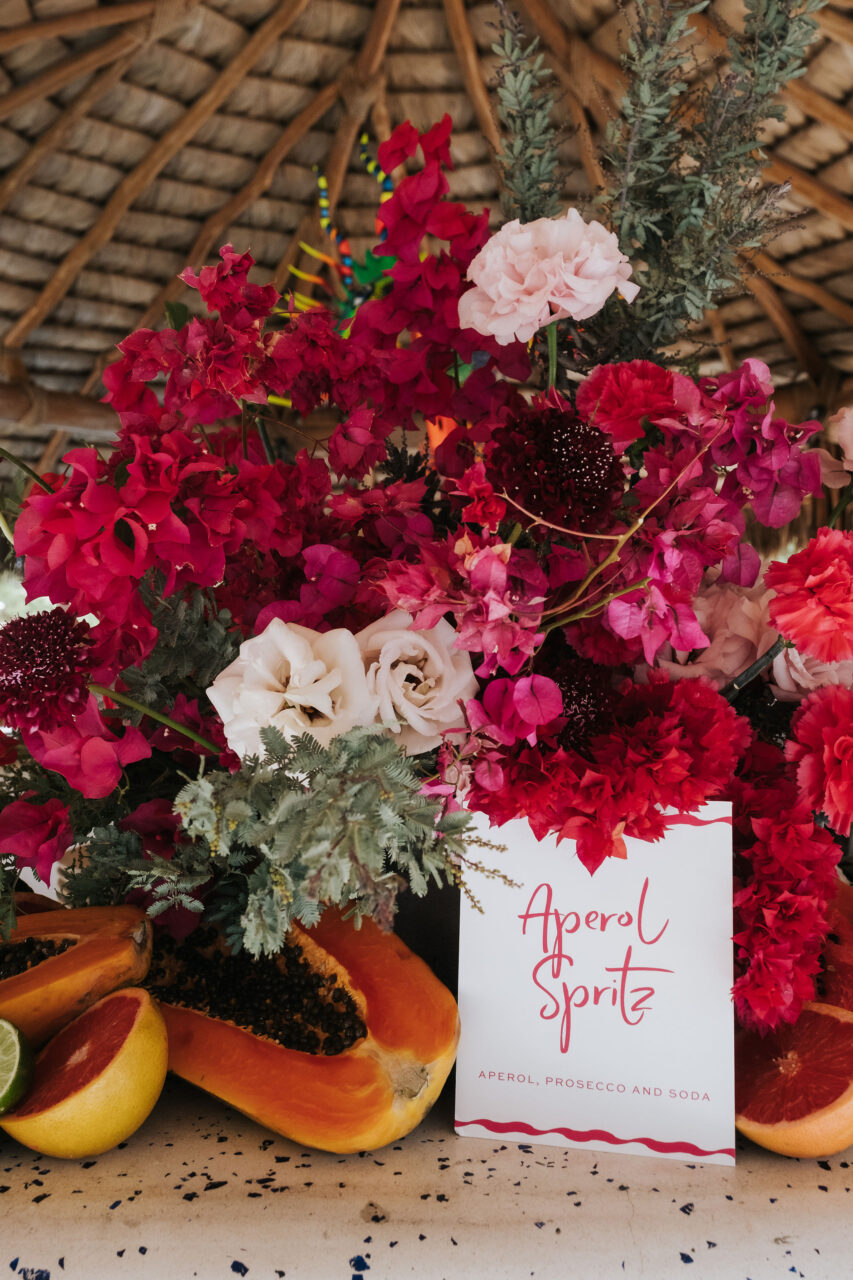This week and next, we have a very exciting guest post from our friends over at Room Forty on what to look for when hiring a caterer…carry on to get all of the nitty gritty:

Over the years we’ve continuously received the same feedback from prospective clients after navigating the “sales call” conversation with them. The feedback? “That was so informative!”
One of the safe assumptions we make when people inquire about our services is that we are one of several companies they’ve contacted. But more times than not, it’s the first time people have hired a caterer—so there’s the lay of land: “Lots of options, first time I’ve done this.”
We realize that hiring a caterer is usually a big decision, with big dollars, big expectations, and big unknowns (unless you crash someone’s wedding, how do you really know how a caterer will approach their services on event day?).
Branding matters, and says a lot in distinguishing the different options—but when you’re looking at 5 different catering proposals and 20 different menus, (to borrow Seth Godin’s phrase) everything can begin to “taste like chicken”. So… if all the catering proposals “taste like chicken” how can you distinguish between Jidori and Zacky farms?
Here’s some help:
If your caterer isn’t inspired or excited from a culinary or hospitality standpoint—odds are your event cuisine and service, are going to be equally blah. Part of the reason catering can be notoriously underwhelming is that often times catering companies think first of logistics, then try to spice-up whatever menu will work with the event logistics. You want to work with a company that flips that equation on its head—and cracks logistical codes to accomplish its culinary vision, as opposed to coming up with a culinary vision that will fit within the logistics. Logistics matter, but they should always follow inspiration.
ASK HOW THE CATERER APPROACHES PLATING
We once worked an event with another caterer, both companies sharing the same kitchen. It was a music gig. The other caterer was catering for the 300+ attendees. We were catering for the 7 band members. We had more people in the kitchen for the 7 guests, than the other company had for the 300 guests. The primary reason is that some caterers arrive to an event with proteins and vegetables already cooked, keeping warm in “hot boxes” or “transit cabinets.” Other caterers sear and cook meats and vegetables “å la minute” (prepared to order). Ever wondered how 2000 people get served in 20 minutes at those hotel galas? One of the things we tell people is that it’s more expensive to bring a cook than to bring a transit cabinet to an event. But it’s also a substantially different product when a chef plated your food minutes before service, than when it’s been reheated on arrival, sitting composed in a transit cabinet and sauced before service. “Hey… my potato puree has a skin!!??”

ASK HOW THE CATERER APPROACHES STAFFING
One of the D.I.Y bride guides to picking a caterer must have told clients to ask a caterer what the staff to guest ratio is, because we get that question a lot. It’s a good question to be sure, but it’s not the best question. Different calibers of servers have substantially different capacities when it comes to how many guests they can handle. The critical info you want is “what is the caliber of service I can expect?” This has more to do with the quality of people hired, than it does with server to guest ratios. Our preference is to hire and train our own servers, as opposed to the standard procedure of sub-contracting our server hiring to staffing agencies. Our experience is that when servers are hired “in house” they are accountable to us, trained by us, given event context (occasion, client info, etc.) and event content (menu details, venue details, event collaborators, etc.) by us. If a company does choose to sub-contract a staffing agency—you might want to do a little due diligence on the staffing agency.
Come back next week for more tips from Room Forty!






